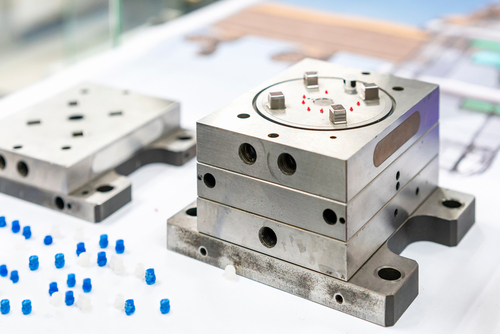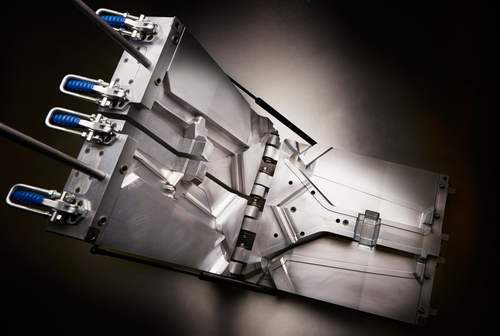When designing a mold for an injection molding project, designers should adhere to certain guidelines to ensure consistent production with minimal defects and the lowest possible cost. Wall thickness is one of the essential factors to consider, as it can directly affect the success of the project. For example, a thicker wall offers more strength, but it is also more prone to warping during the cooling stage. In plastic molding manufacturing, maintaining optimal wall thickness helps reduce stress concentrations and supports faster, more efficient cycle times. Read on to learn more.
What is the recommended wall thickness for injection molding?
 Thick walls do provide additional strength, but there are also advantages to thinner walls. The longer the production run, the greater the benefits of keeping the parts thin and lightweight. That’s why calculating optimal wall thickness is especially important in high-volume projects. In fact, keeping them as thin as possible helps:
Thick walls do provide additional strength, but there are also advantages to thinner walls. The longer the production run, the greater the benefits of keeping the parts thin and lightweight. That’s why calculating optimal wall thickness is especially important in high-volume projects. In fact, keeping them as thin as possible helps:
- Increase resistance to warping throughout the cooldown time
- Reduce costs due to faster production and reduced material usage
- Reduce overall weight and facilitate shipping, management, and handling
- Speed up the cooling cycle for shorter production time
While there are no strict limitations when it comes to wall thickness, the aim is to design it to be as thin as possible while taking into account the overall size, geometry, and structural requirements of the part. It’s also important to consider material qualities and flow behavior.
Uniformity in wall thickness
Uniform wall thickness is crucial. If some sections are thinner than others, it can make the part vulnerable to twisting, cracking, warping, and overall failure. Consistency helps minimize both residual stresses and shrinkage in the final part.
However, some designs may require different thickness within the part. In this case, it’s essential to ensure gradual variation to maintain stability. Still, when it comes to high-mold-shrinkage materials, variations should not exceed 10% to accommodate stress buildup.
Consistent thickness also allows for a more efficient and uniform flow of the molten material for optimal processing, while variations can lead to unbalanced filling, weld lines, and air trapping.
Mold design and tooling
Wall thickness plays a critical role in the design of the mold itself. Thicker walls require deeper cavities, more robust tooling, and additional cooling considerations to prevent hotspots or uneven shrinkage. On the other hand, thinner walls require higher injection pressures and precise control over material flow to avoid short shots or incomplete filling.
Designers must also account for gate placement, cooling line layout, and venting strategies to accommodate the specific wall dimensions of a part. These considerations affect the complexity of tooling, as well as long-term maintenance costs.
Optimizing thickness from the outset can help streamline the entire manufacturing process and allow for simpler mold construction, better part ejection, and longer mold lifespan. This not only improves overall part quality but also reduces downtime and tooling wear, especially in high-volume manufacturing.
 Who are reliable specialists in ceramic and plastic molding manufacturing?
Who are reliable specialists in ceramic and plastic molding manufacturing?
If you’re looking to learn more about colorants and additives in injection molding, the high efficiency of the process, or why proper cooling time is so important, reach out to Wunder Mold. We’re a team of highly qualified, experienced, and reliable professionals, delivering premium-quality parts across industries. We collaborate with clients both in the U.S. and across the globe, designing and manufacturing products that meet tight tolerances and specific requirements.
Get in touch with us via email at sales@wundermold.com or reach out to us by phone and find out how our custom solutions can support your project’s performance and cost goals.